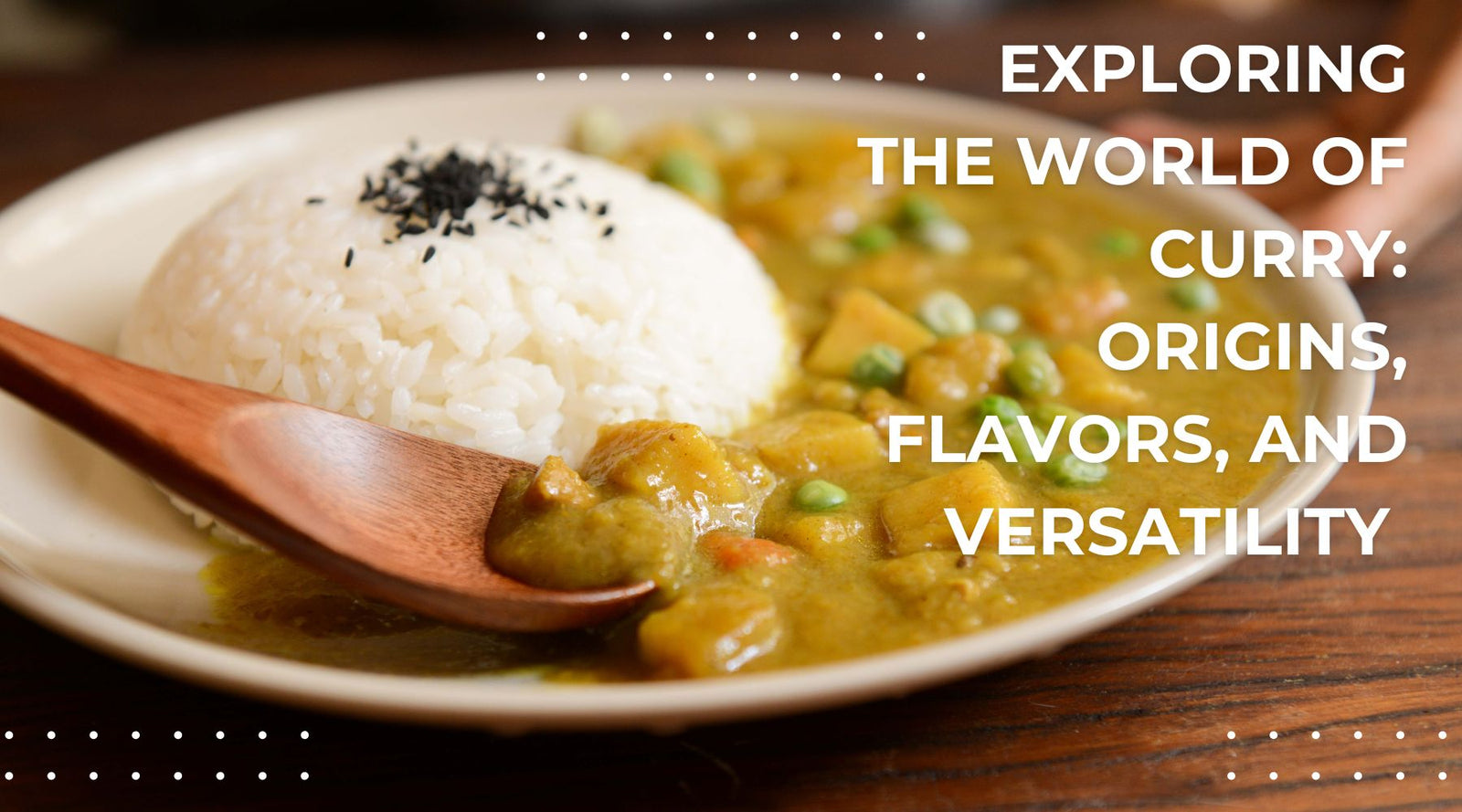The word “curry” has become synonymous with a variety of flavorful dishes enjoyed around the world. Yet, its origins, evolution, and diverse uses tell a fascinating story. Whether you’re savoring a rich Indian curry or a fragrant Thai curry, this culinary staple is a testament to the global appeal of spice blends. Let’s dive into its history, ingredients, and unique characteristics.
The Origins of “Curry”
The term “curry” owes its origins to the Dravidian languages of South India. In Tamil, the word “kari” translates to “sauce”, served with rice, a term used to describe spiced, gravy-based dishes common in Tamil Nadu households. British colonizers, eager to replicate the complex flavors of Indian cuisine, adapted the concept and created simplified spice blends known as “curry powder.” These blends catered to Western palates and became a pantry staple in international kitchens.
Ingredients in Traditional Indian Curry & The Process of Tempering:
In South Indian kitchens, curry dishes are crafted with a nuanced layering of spices and aromatics. A typical curry begins with essential ingredients like coriander, cumin, chili powder, turmeric, and occasionally fenugreek seeds. Aromatics such as onion, ginger, and garlic are added to develop depth.
The dish is further elevated by tempering, a technique where mustard seeds, split black gram (urad dahl), split chickpeas (chana dahl), and whole chilies are fried in oil to release their flavors. Often, fresh curry leaves (from the *Murraya koenigii* tree) are included in this process, adding a signature aroma and taste.
The Flavor Profile of Curry Powder
Curry powder typically consists of a standardized blend of spices such as turmeric, coriander, cumin, chili, and fenugreek. This combination creates a flavor profile that is both earthy and slightly sweet, making it an ideal addition to a variety of dishes, including curries, vegetables, soups, stews, and dahls.
The spiciness of curry powder can range from mild to hot, depending on the amount and type of chili powder included in the blend. Its distinctive yellow color primarily comes from turmeric, which is a key ingredient in most curry powder recipes.
This versatile spice blend is a convenient way to add warmth and depth of flavor to dishes, especially for those looking to incorporate Indian-inspired flavors into their cooking.
Thai and Asian Curries: A Different Take
In Southeast Asia, the word “curry” takes on a new dimension. In Thai cuisine, “kaeng” refers to liquid-based dishes like soups or curries. Unlike the rich, earthy flavors of Indian curries, Thai curries are lighter, with bright and citrusy notes. Ingredients like galangal, lemongrass, kaffir lime leaves, and fresh bird’s eye chilies define their flavor profile. Thai basil, with its anise and peppery undertones, is often used to add a fragrant finish.
The spiciness of Thai curries can range from mild to fiery, making them as adaptable as their Indian counterparts.
Curry's Versatility in Cooking
Curry’s adaptability makes it a favorite across the globe. Whether you’re preparing a hearty Indian-style curry or a refreshing Thai curry, the blend of spices brings depth to both vegetables and proteins. Curries are also inclusive—whether you’re vegan, vegetarian, or a meat lover, there’s a curry for every palate.
Experimenting with Curry in Your Kitchen
If you’re new to curry, starting with a mild curry powder or a regional masala blend is a great way to explore its flavors. At Pear Foods, we will be soon introducing our Madras Curry Powder Blend, accompanied by authentic, time-saving recipes designed to help you create mouthwatering curries and stews with minimal effort.
Share Your Curry Creations!
Curry is more than a dish—it’s an invitation to explore the vibrant world of spices. Do you have a favorite curry recipe? Or a creative way to use curry powder or masala? Share your ideas in the comments below, and let’s celebrate the art of making flavorful, aromatic curries!
Comments will be approved before showing up.

